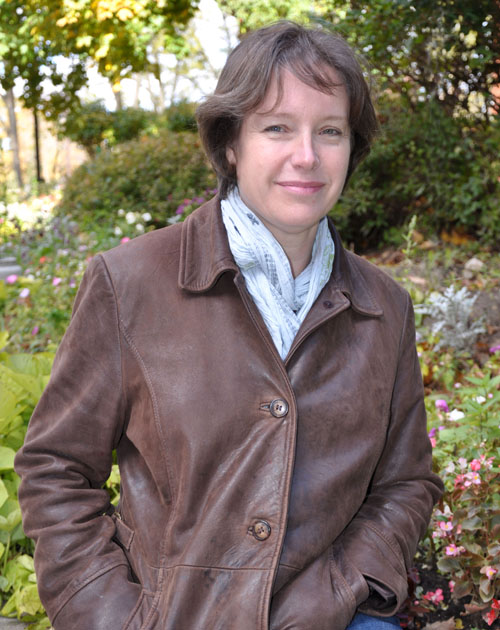
Spending hours poring over dusty books in a library is so last century. Humanities researchers now have more information at their fingertips than ever before thanks to an online database that makes research as easy as typing keywords into a search engine.
“One of the great things about the explosion of computational activities for the humanities is that our entire cultural heritage is being digitized. It won’t be long before pretty much everything that has been in print will be available in the form of digital text,” says Prof. Susan Brown, School of English and Theatre Studies, who is developing digital applications for humanities researchers.
One of those applications is the Orlando Project, a digital resource on the history of women’s writing in the British Isles.
“It was initially conceived of as a print publication, but because of some of the limitations of print at that time, we decided to see what would happen if we developed it as a digital project,” says Brown, who has been working on the Orlando Project since the mid-1990s. The database includes information on more than 1,200 authors: their biographical information, personal and professional relationships, and commentaries on their writing.
“Every university needs an infrastructure for digital research in the humanities,” says Brown. “It’s increasingly a part of the way that we do our research.”
Unlike a traditional reference collection, the Orlando Project has a searchable electronic database, which helps researchers find the information they’re looking for. A researcher could search for authors who belonged to a certain political, social or religious group and find connections between authors that they didn’t know existed.
They can also dig deeper into authors’ personal lives. For example, Victorian society believed that being a writer was incompatible with being a mother, and vice versa. Brown tested this hypothesis using the Mandala Browser, a humanities research visualization tool that allows users to view their search criteria as points on their computer screen. Just like a magnet, each point attracts search results that match the researcher’s criteria, displaying the matches as clusters of dots around each point.
Brown entered search criteria based on the number of children female writers had and how much they wrote. Not surprisingly, childless authors were prolific writers, but so were authors who had many children, perhaps because they needed to support their families.
“The kinds of data we use in the humanities don’t necessarily lend themselves to the kinds of tools and methods that are most often associated with computational research,” says Brown. “We’re trying to work towards tools that are able to use the kind of information humanists tend to use and interfaces that are comprehensible to and usable by humanities scholars.”
With a database consisting of eight million words, equivalent to 80 volumes of text, Orlando will eventually contain thousands of books that can “talk to each other,” requiring enormous computational resources. The growing database presents navigational challenges, which can make it difficult for researchers to sift through vast amounts of information. That’s why Orlando has a user-friendly interface that filters the information and presents the most relevant search results in a textual or visual format.
One prototype tool that visualizes social networks produces a graph that shows Jane Austen as a dot connected to numerous friends, relatives and members of the writing community by using colour-coded lines that represent each type of relationship. Brown is looking at other ways of visualizing these relationships, such as using shorter lines between friends and family members and longer lines between professional contacts.
The social network prototype will be ready for user testing early this year. Click here to view the Orlando textbase itself.
Brown received funding from the Social Sciences and Humanities Research Council for her work on visualization of literary history.